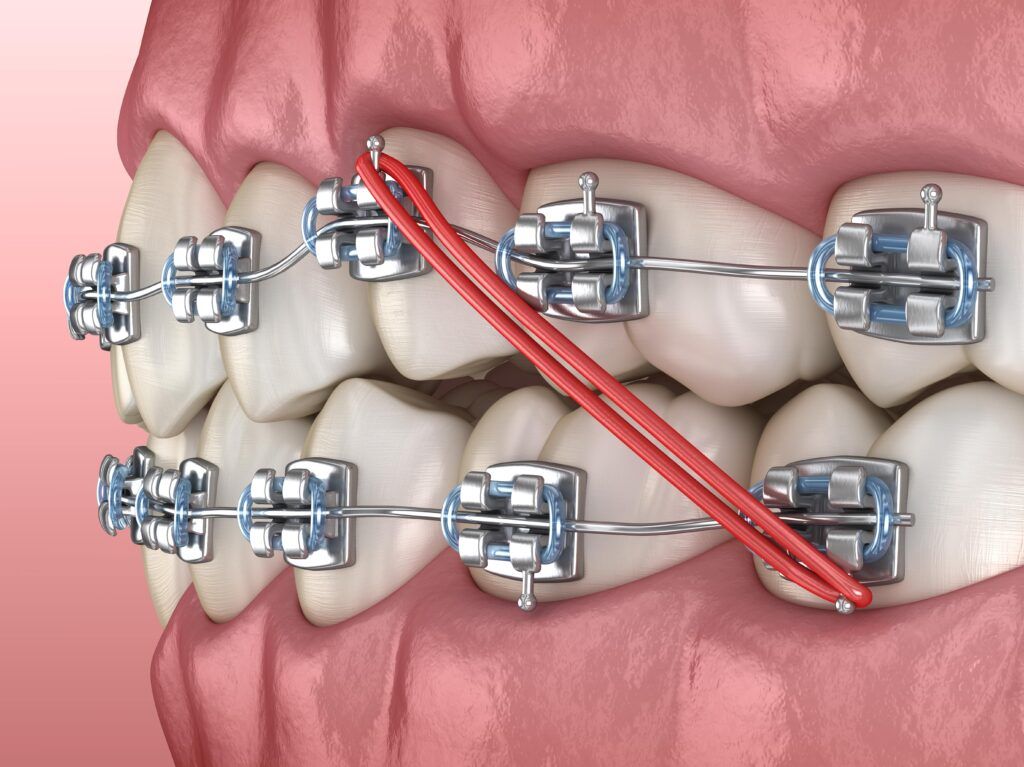Comprehensive Overview to Orthodontics Treatments for Correcting Oral Imbalances
In the realm of orthodontics, the journey to accomplishing a completely aligned smile includes a myriad of procedures customized to remedy oral imbalances. From standard braces to unnoticeable aligners and even medical choices, the field of orthodontics supplies a series of options to deal with differing degrees of dental irregularities. Recognizing the details of each procedure, including their devices, benefits, and possible downsides, is crucial in making informed choices about one's orthodontic treatment. As we browse with the extensive guide to orthodontic procedures for correcting dental misalignments, the intricate details of each technique will unfold, shedding light on the path towards a unified and practical dental placement.
Orthodontic Procedures Summary

Normal adjustments and monitoring are vital components of orthodontic treatment to make certain progress is on track and to make any essential alterations along the method. By going through orthodontic procedures, patients can not only attain a straighter smile but additionally improve their general dental wellness and function.
Typical Braces: Exactly How They Work
When thinking about orthodontic treatments for oral misalignments, traditional dental braces stand out as a tried and true technique for remedying teeth positioning. Typical braces consist of braces, wires, and bands that function with each other to apply constant stress on the teeth, progressively relocating them into the desired alignment.
One secret facet of just how conventional braces work is the process of bone makeover. As stress is used to the teeth via the dental braces, the bone bordering the teeth is reshaped to sustain the new tooth placements. This remodeling is important for the long-term stability of the fixed positioning. Individuals will certainly need routine adjustments at the orthodontist's workplace to make sure the braces remain to use the right stress for efficient teeth movement.
Unnoticeable Aligners: Cons and pros
These clear, custom-made trays are virtually undetectable when put on, making them an attractive alternative for individuals looking for a more cosmetically pleasing orthodontic treatment. Patients can get rid of the aligners before consuming or cleaning their teeth, decreasing the danger of food obtaining stuck in the home appliance and simplifying the cleaning process.

Surgical Orthodontic Options
Surgical interventions in orthodontics present feasible alternatives for resolving complex oral misalignments that might not be properly solved via conventional orthodontic therapies. While unnoticeable aligners and conventional dental braces can fix several orthodontic problems, particular instances call for medical treatment to achieve optimum outcomes. Surgical orthodontic alternatives are typically recommended for serious malocclusions, considerable jaw disparities, and situations where the underlying bone framework needs adjustment to attain proper placement.
One typical surgical orthodontic treatment is orthognathic surgery, which includes repositioning the dentists in jaws to correct functional issues such as trouble chewing or speaking. This surgical procedure is usually carried out in partnership with an orthodontist who assists align the teeth prior to and after the treatment. Surgical orthodontics may likewise entail procedures to expose affected teeth, remove excess gum cells, or reshape the jawbone to produce an extra harmonious facial profile.
Prior to considering medical orthodontic choices, individuals go through a thorough analysis to determine the requirement and potential advantages of such interventions. cumming aligners. While surgical procedure may seem challenging, it can considerably boost both the feature and aesthetic appeals of the smile in instances where conventional orthodontic therapies fail
Retainers and Post-Treatment Care

Post-treatment treatment includes complying with the orthodontist's guidelines faithfully. This might include proper dental health techniques, going to follow-up appointments, and using the retainers as suggested. Failing to follow post-treatment care instructions can lead to regression, where the teeth gradually return in the direction of their initial positions. Regular retainer wear, great oral health, and routine dental check-ups are vital for preserving the results attained through orthodontic surgical procedure and ensuring the long-term stability of the remedied dental positioning.
Final Thought
To conclude, orthodontic treatments supply different choices for remedying dental misalignments. Traditional braces utilize metal brackets and wires to shift teeth right into appropriate alignment. view Unseen aligners give a more discreet option however may not be ideal for all instances. Surgical orthodontic alternatives are offered for a lot more severe imbalances. Retainers are commonly made use of post-treatment to maintain the new alignment. Overall, orthodontic treatments can effectively boost dental health and aesthetic look.
As we browse through click over here the extensive guide to orthodontic treatments for dealing with dental imbalances, the elaborate details of each method will certainly unfold, dropping light on the course toward a unified and functional oral placement. - orthodontics
One of the most common orthodontic treatments is the use of braces, which consist of steel brackets and cables that use gentle stress to slowly move teeth into the wanted placement.When thinking about orthodontic treatments for oral misalignments, traditional braces stand out as a reliable method for remedying teeth positioning. Additionally, undetectable aligners may not be ideal for intricate orthodontic problems that require more substantial teeth activity, as they are usually recommended for mild to moderate situations. Retainers are customized orthodontic gadgets designed to hold teeth in their fixed placements after the conclusion of orthodontic therapy.